With the rapid advancement of technology, 3D scanning technology is no longer confined to industrial manufacturing and visual effects in films; it is gradually permeating various aspects of daily life. As a leading tool in this field, the 3D foot scanner, with its non-contact and high-precision features, is setting new trends in areas such as custom footwear and medical orthotics.
1. Working Principle of the 3D Foot Scanner
The working principle of the 3D foot scanner mainly relies on laser or structured light scanning technology. This process can be summarized into three core steps: pre-scan preparation, data acquisition and processing, and 3D model generation.
1. Pre-scan Preparation
Before scanning, the user needs to stand in a specific position, placing both feet naturally within the designated area of the scanner, ensuring body balance. To protect the skin and the device, the user may wear specially designed scanning socks to prevent any discomfort caused by the light or potential damage to the equipment during the scanning process.
2. Data Acquisition and Processing
The 3D foot scanner uses laser or structured light technology to project light onto the user's feet. After the light reflects off the surface of the feet, it is captured by the built-in cameras of the scanner. Through a complex calculation process, the scanner precisely measures the spatial position of each reflection point, creating a dataset composed of tens of thousands of 3D point clouds. These data points not only depict the overall contour of the foot but also capture the fine surface details.
Subsequently, the point cloud data is imported into specialized 3D modeling software for further cleaning, filtering, alignment, and correction. This step aims to enhance the accuracy and completeness of the data, laying a solid foundation for the subsequent 3D model construction.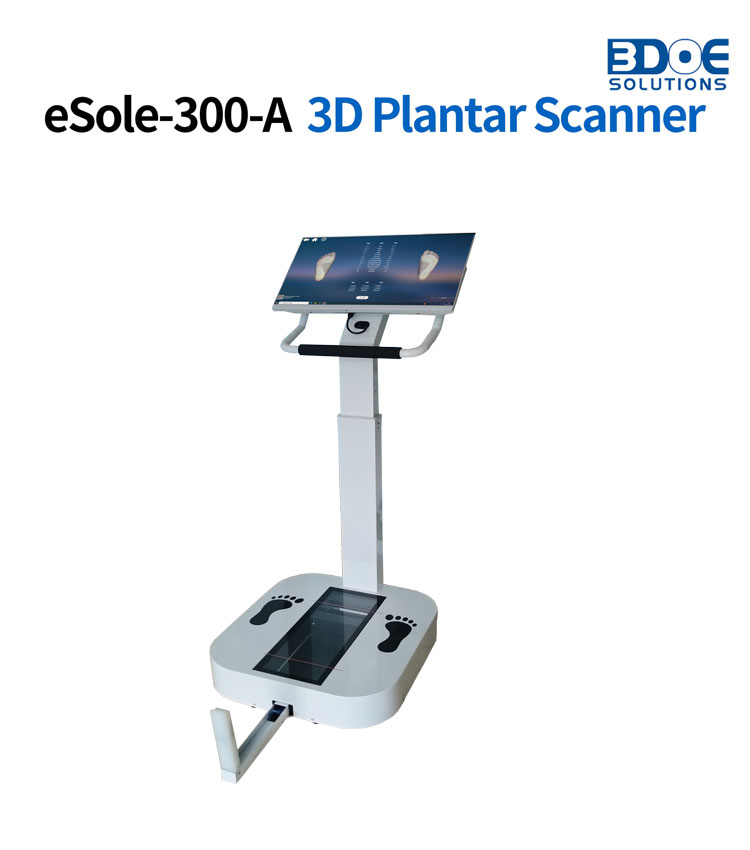
3. 3D Model Generation
After data processing, the point cloud data is converted into a 3D model. This process involves applying 3D reconstruction algorithms, which can automatically or semi-automatically generate a realistic 3D model of the foot. The model not only retains the precise shape and size information of the foot but can also be rotated, scaled, and manipulated in software, allowing for observation and analysis from various angles.
The emergence of 3D foot scanners has greatly promoted the development of custom footwear. By obtaining the user's 3D foot data, designers can create personalized designs based on the foot's characteristics, resulting in custom shoes with a higher fit and greater comfort. This not only meets consumers' pursuit of a quality lifestyle but also provides businesses with a competitive advantage through differentiation.
In the medical field, 3D foot scanners are widely used in the diagnosis and treatment of foot-related diseases. Doctors can use the 3D models obtained from the scans to accurately analyze the shape and structural characteristics of a patient's foot, providing a scientific basis for developing personalized treatment plans. Additionally, this technology can be used to create orthotic insoles, prosthetics, and other assistive devices, helping patients restore function and improve their quality of life.
Sports shoe designers can also utilize 3D foot scanners to capture the foot movement characteristics of athletes and, combined with biomechanical principles, design sports shoes with precise specifications. This not only improves the comfort of wearing sports shoes but also helps to prevent sports injuries to some extent.

 +86-0755-86131192
+86-0755-86131192 2024-08-12
2024-08-12 Back to list
Back to list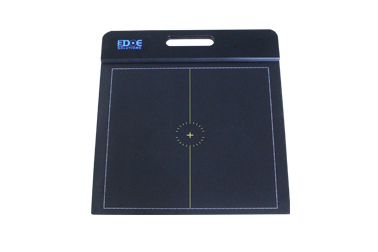
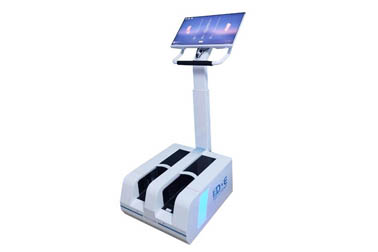
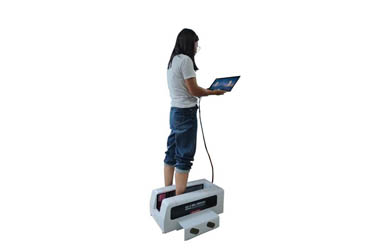
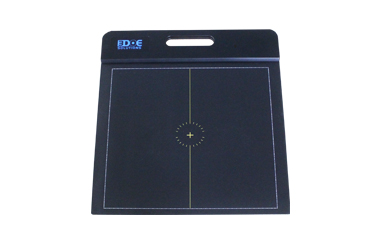

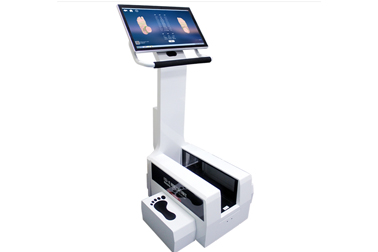



 +86-0755-86131192
+86-0755-86131192